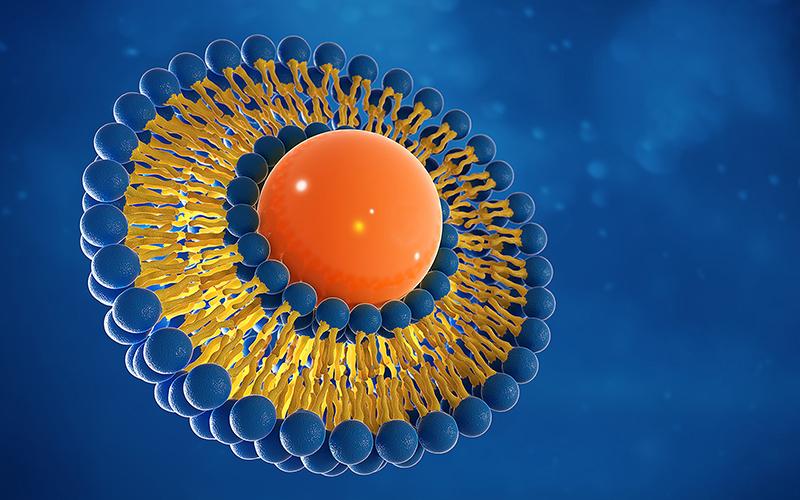Liposomal Supplements: Maximum Absorption, Optimal Health

Liposomal Supplements
.A liposome is a small bubble (vesicle) made from the same material as a membrane. Liposomes can be filled with substances such as vitamins, nutrients and even medications are used. Liposomes serve to protect and deliver these substances where they need to be, into the cell and the body!
Membranes are usually made of phospholipids, which are molecules with a head group and a tail group. The head is attracted to water and the tail, which consists of a long hydrocarbon chain, is repelled by water. Liposomes have the ability to transport water or fat-soluble substance.
Phospholipids
In nature, stable phospholipids are found in two layers of membrane composite. In the presence of water, the heads are attracted by water and form a line in the surface to the water. The tails are repelled by water. In a cell, a layer of heads are directed outside the cell, attracted by the surrounding water. Another layer of heads inside the cell, is attracted by the water inside the cell. The hydrocarbon tails of one layer form with the hydrocarbon tails of the other layer, and the combined structure forms a bilayer.
When membrane phospholipids are disrupted, they can reattach to each other in small spheres, smaller than a normal cell, either as monolayers or bilayers. The bilayer structures are liposomes. The monolayer structures are micelles.
The lipids in the plasma membrane are mainly phospholipids such as phosphatidyl ethanolamine and phosphatidyl choline . Phospholipids are amphiphilic with the hydrocarbon tail of the molecule hydrophobic; and its polar head hydrophilic.
The name liposome is derived from two Greek words: 'lipos' means fat and 'Soma' means body. A liposome can be formed in a variety of sizes as uni-lamellar or multi-lamellar construction and the name refers to its structural building blocks, phospholipids and not size. In contrast, the term nanosome refers to size and was coined in the early 1990s to denote special liposomes in the low nanometer range; liposome and nanosome are not synonyms. Liposome does not necessarily lipophobiccontents, like water, although it usually does.
Long scientific research
Liposomes were first described by British hematologist Dr. Alec D FRS Bangham in 1961 (published 1964), at the Babraham Institute in Cambridge. They were discovered when Bangham and R. W. Horne tested the institute's new electron microscope by adding negative stain dryphospholipids. The similarity to the plasma lemma was obvious, and the microscope photographs served as the first real evidence for the cell membrane having a double-layered lipid structure.
